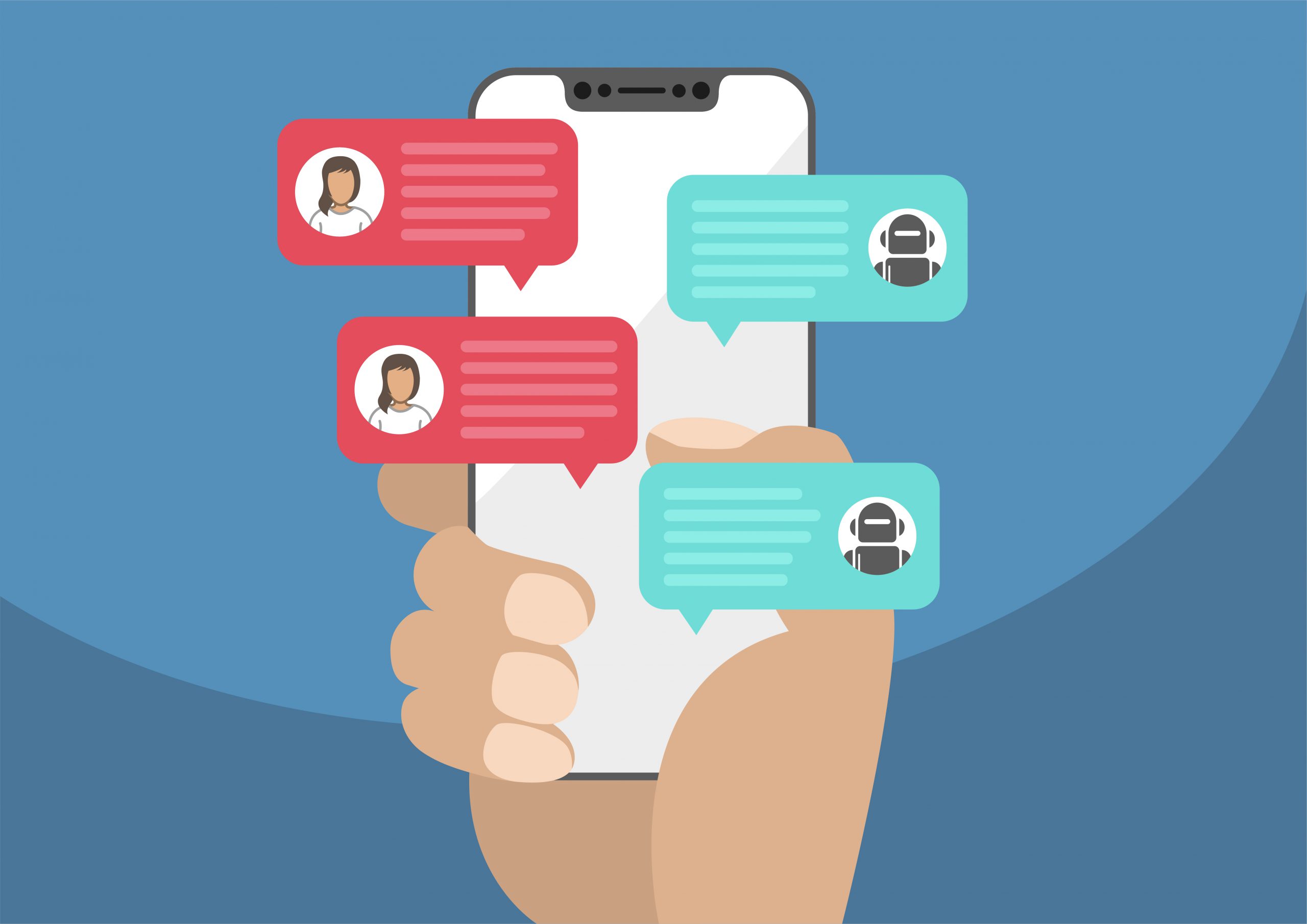Use chatbots and email strategically to engage patients and save time
COVID-19 presented doctors and patients with a crash course in digital health technology. Four in ten patients started using a new app or digital technology to stay connected to their providers at the start of the pandemic, according to PatientEngagementHIT.com. While 90 percent of patients who used any type of digital health tool for the first time rated their experience as good, patient satisfaction with doctors’ communication dropped during the pandemic, according to recent survey data.
While this is understandable, as providers were stretched thin dealing with this unprecedented health crisis, it’s also avoidable. Find out how automated patient communication technology can help your patients and your practice.
The right way to use chatbots
If your first thought about automated communication is that it seems impersonal and might turn off patients, the data show quite the opposite. Even before the pandemic, 81 percent of patients surveyed said they would be open to automated communication; that increased to 84 percent after the onset of COVID-19.
Preferred methods of automated communication include email and text reminders for appointment scheduling, patient care, and patient outreach. Chatbots are also proven to be effective.
Even if you are not familiar with the term chatbot, you have likely interacted with one. It’s that “Can I help you?” feature that pops up on many websites to answer FAQs and guide you through common interactions like changing your password or requesting your account balance without the need to speak to a human.
Research shows chatbots—automated features on websites that can interact with users and answer questions—can yield a good patient experience as long as they’re perceived as competent.
New research published in the Journal of the American Medical Informatics Association (JAMIA) found that chatbots can yield a good patient experience as long as patients perceive the bots as competent, reported PatientEngagementHIT.com. The researchers studied the chatbots set up by many healthcare organizations in preparation for a surge in COVID-19 cases, to screen patients for symptoms and reduce call center volume.
Chatbots, like other automated technology, are very easy to scale and can provide 24/7 service at a low operational cost. Patient satisfaction survey data from participants who either engaged in a human or a chatbot screening found little preference between the two — so long as both screeners were perceived as competent.
At Rendia, we’ve found that conversational chatbots work best to encourage user interaction. For instance, consider putting an automated one on your homepage after hours that says, “Welcome to our practice! Would you like to schedule an appointment?” Monitor how and when people are interacting with the chatbot so you can change the language if necessary, or set it for just certain hours.
You can also link to videos in the chatbot. If you have a page on your website dedicated to LASIK or balloon sinuplasty, for example, consider including an engaging question like “Want to learn more about this procedure? Watch this video!”
Effective automated emails educate patients and aid decision-making
If you’ve let your email messaging slide, now’s the time to get back to a regular schedule. Surveys by the Advisory Board show that patients want to hear from their doctors more often during COVID-19, up to twice a week. This includes specialists, as well.
Rendia makes it easier to send timely and engaging emails by including videos in your messages. We have partnered with Solutionreach to offer easy integration of our videos and slides into your email templates. Here’s how. At this time, patients are particularly interested in what you’re doing to keep them safe. Include videos of updated safety precautions your practice has implemented.
Rendia videos and playlists can be easily integrated into email templates and EHRs, automating your post-appointment patient communications.
Epic EHR users can also integrate Rendia videos into their patient portal and email messages. For example, after every cataract evaluation, doctors can send patients videos about their treatment plan through the patient’s MyChart, such as this one: Considerations for Your IOL Choice. An additional benefit is that sending post-appointment information helps the shared decision-making process, since many patients are no longer able to bring a spouse or caregiver to appointments.
We recommend creating different playlist versions in advance depending on the treatment plan or what the patient is a candidate for (EDOF, PanOptix). Rendia automatically generates a separate share link to each playlist. Then in Epic’s system, you can create a SmartPhrase like “Cat Eval Multi” and link it to the playlist. In the patient’s chart, you can easily attach resources or patient education materials by typing “Cat Eval Multi” and it will pull in the relevant link.
Automating these functions and communications saves you valuable time later on, and frees you and your staff to focus on more essential work. Rendia customer Dr. Samuel Solish from Eyecare Medical Group in Portland, Me., said, “After showing Rendia videos, when asked if they have any questions, patients usually say nope … the video explained it very well! Rendia saves us time and helps us reinforce our expertise.”

